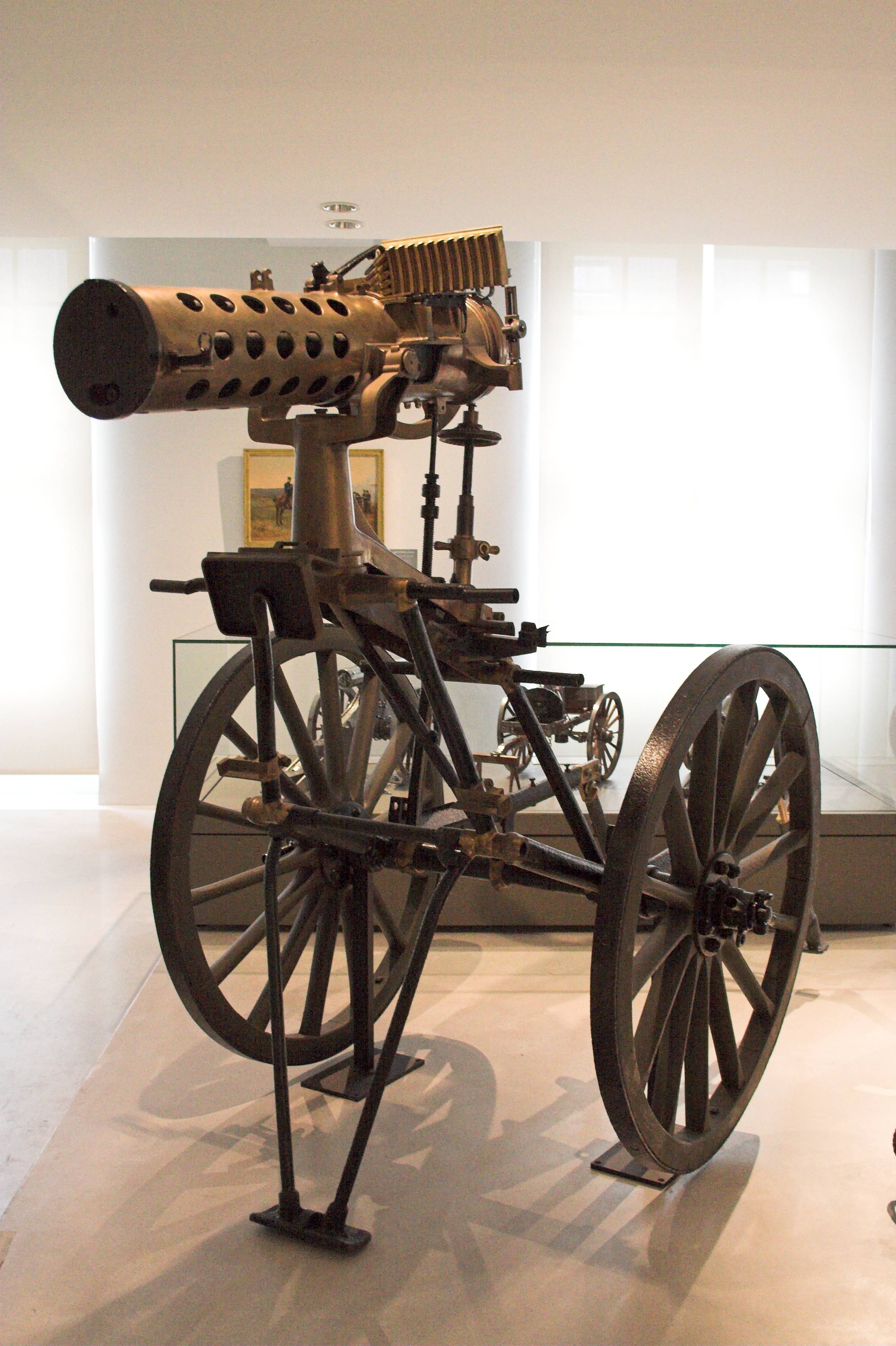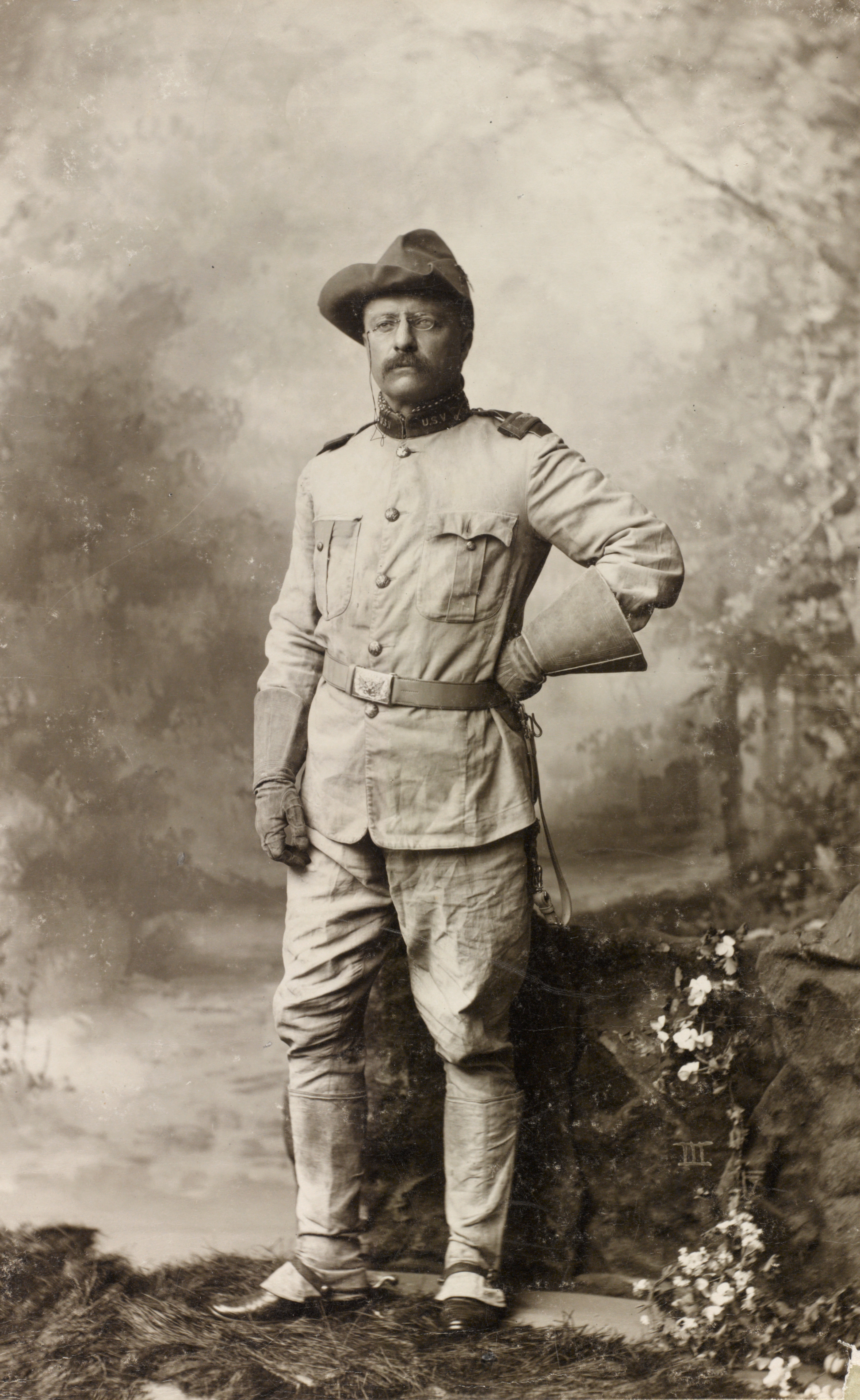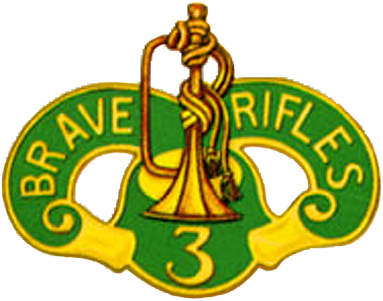|
Battle Of El Caney
The Battle of El Caney was fought on July 1, 1898, during the Spanish-American War. 600 Spanish soldiers held for twelve hours, until they ran out of ammunition, against Henry W. Lawton's 5th US Division, made up of 6,899 men. This action temporarily delayed the American advance on the San Juan Hills, as had been requested of General William Rufus Shafter.Nofi, A.A., 1996, ''The Spanish–American War, 2020'', Pennsylvania: Combined Books, Nevertheless, American forces advanced on San Juan Hill the same day. Though encountering spirited resistance similar to ''El Caney'', the Americans were ultimately victorious, culminating in the capitulation of the Spanish garrison. Background At El Caney, Cuba, 514 Spanish regular soldiers, together with approximately 100 armed Spanish and Cubans loyal to SpainOssad, Steven L., ''Henry Ware Lawton: Flawed Giant and Hero of Four Wars'', Army History (Winter 2080), p. 13 under the command of Brigadier General Joaquín Vara de Rey y Rub ... [...More Info...] [...Related Items...] OR: [Wikipedia] [Google] [Baidu] |
Spanish–American War
The Spanish–American War (April 21 – August 13, 1898) was fought between Restoration (Spain), Spain and the United States in 1898. It began with the sinking of the USS Maine (1889), USS ''Maine'' in Havana Harbor in Cuba, and resulted in the U.S. acquiring sovereignty over Puerto Rico, Guam, and the Philippines, and establishing a protectorate over Cuba. It represented U.S. intervention in the Cuban War of Independence and Philippine Revolution, with the latter later leading to the Philippine–American War. The Spanish–American War brought an end to almost four centuries of Spanish presence in the Americas, Asia, and the Pacific; the United States meanwhile not only became a major world power, but also gained several island possessions spanning the globe, which provoked rancorous debate over the wisdom of expansionism. The 19th century represented a clear decline for the Spanish Empire, while the United States went from a newly founded country to a rising power. In 1895, C ... [...More Info...] [...Related Items...] OR: [Wikipedia] [Google] [Baidu] |
Battles Involving Cuba
A battle is an occurrence of combat in warfare between opposing military units of any number or size. A war usually consists of multiple battles. In general, a battle is a military engagement that is well defined in duration, area, and force commitment. An engagement with only limited commitment between the forces and without decisive results is sometimes called a skirmish. The word "battle" can also be used infrequently to refer to an entire operational campaign, although this usage greatly diverges from its conventional or customary meaning. Generally, the word "battle" is used for such campaigns if referring to a protracted combat encounter in which either one or both of the combatants had the same methods, resources, and strategic objectives throughout the encounter. Some prominent examples of this would be the Battle of the Atlantic, Battle of Britain, and the Battle of France, all in World War II. Wars and military campaigns are guided by military strategy, whereas batt ... [...More Info...] [...Related Items...] OR: [Wikipedia] [Google] [Baidu] |
Last Stand
A last stand, or final stand, is a military situation in which a body of troops holds a defensive position in the face of overwhelming and virtually insurmountable odds. Troops may make a last stand due to a sense of duty; because they are defending a tactically crucial point; to buy time to enable a trapped army, person, or group of people to escape; due to fear of execution if captured; or to protect their ruler or leader. Last stands loom large in history, as the heroism and sacrifice of the defenders exert a large pull on the public's imagination. Some last stands have become a celebrated part of a fighting force's or a country's history, especially if the defenders accomplished their goals (or, in rare cases, defeated their attackers). Tactical significance A "last stand" is a last resort tactic, and is chosen because the defending force realizes or believes the benefits of fighting outweigh the benefits of retreat or surrender. This usually arises from strategic or mora ... [...More Info...] [...Related Items...] OR: [Wikipedia] [Google] [Baidu] |
Gatling Gun
The Gatling gun is a rapid-firing multiple-barrel firearm invented in 1861 by Richard Jordan Gatling of North Carolina. It is an early machine gun and a forerunner of the modern electric motor-driven rotary cannon. The Gatling gun's operation centered on a cyclic multi-barrel design which facilitated cooling and synchronized the firing-reloading sequence. As the handwheel is cranked, the barrels rotate, and each barrel sequentially loads a single cartridge (firearms), cartridge from a top-mounted magazine (firearms), magazine, fires off the shot when it reaches a set position (usually at clock position, 4 o'clock), then ejects the spent casing out of the left side at the bottom, after which the barrel is empty and allowed to cool until rotated back to the top position and gravity-fed another new round. This configuration eliminated the need for a single reciprocating motion, reciprocating bolt (firearms), bolt design and allowed higher rates of fire to be achieved without the ... [...More Info...] [...Related Items...] OR: [Wikipedia] [Google] [Baidu] |
John Henry Parker (General)
John Henry Parker aka "Gatling Gun Parker" (September 19, 1866 – October 14, 1942) was a brigadier general in the United States Army.Veteran Tributes: John H. Parker', retrieved May 2, 2012 He is best known for his role as the commander of the Gatling Gun Detachment of the U.S. Army's Fifth Army Corps in Cuba during the Santiago campaign in the Spanish–American War. Early career John Henry Parker was born and raised in the small town of Sedalia, Missouri.Thompson, Goldianne (Guyer), ''Biography of the Guyers'', Denver, CO: Monitor Publications (1968), p. 33 Nominated by his congressman to attend the United States Military Academy at West Point, he graduated in 1892, and was assigned in June of that year as a 2nd Lieutenant to the 13th Infantry Regiment.; three volumes; volume not identitified Known as "Blackie" to his fellow officers, Parker was tasked with the charge of training soldiers of the Machine Gun Detachment in the use of their weapons. In the 1890s, duty wit ... [...More Info...] [...Related Items...] OR: [Wikipedia] [Google] [Baidu] |
Rough Riders
The Rough Riders was a nickname given to the 1st United States Volunteer Cavalry, one of three such regiments raised in 1898 for the Spanish–American War and the only one to see combat. The United States Army was small, understaffed, and disorganized in comparison to its status during the American Civil War roughly thirty years prior. Following the sinking of , President William McKinley needed to muster a strong ground force swiftly, which he did by calling for 125,000 volunteers to assist in the war. The U.S. had gone to war in opposition to Spanish colonial policies in Cuba, which was then torn by a rebellion. The regiment was also nicknamed "Wood's Weary Walkers" for its first commander, Colonel Leonard Wood. This reflected their dissatisfaction that despite being cavalry, they ended up fighting in Cuba as light infantry, since their horses were not sent there with them. Wood's second in command was former Assistant Secretary of the Navy Theodore Roosevelt, who later beca ... [...More Info...] [...Related Items...] OR: [Wikipedia] [Google] [Baidu] |
3rd Armored Cavalry Regiment (United States)
The 3rd Cavalry Regiment, formerly 3rd Armored Cavalry Regiment ("Brave Rifles") is a regiment of the United States Army currently stationed at Fort Cavazos, Texas. The regiment has a history in the United States Army that dates back to 19 May 1846, when it was constituted in the Regular Army as the Regiment of Mounted Riflemen at Jefferson Barracks, Missouri. This unit was reorganized at the start of the American Civil War as the 3rd U.S. Cavalry Regiment on 3 August 1861. In January 1943, the regiment was re-designated as the 3rd Cavalry Group ( Mechanized). Today, they are equipped with Stryker vehicles. The 3rd Armored Cavalry Regiment was the last heavy armored cavalry regiment in the U.S. Army until it officially became a Stryker regiment on 16 November 2011. It will retain its lineage as the 3rd Cavalry Regiment. Under various names it has seen action during eleven major conflicts: the Indian Wars, the Mexican–American War, the American Civil War, the Spanish–Ameri ... [...More Info...] [...Related Items...] OR: [Wikipedia] [Google] [Baidu] |
Coastal Artillery
Coastal artillery is the branch of the armed forces concerned with operating anti-ship artillery or fixed gun batteries in coastal fortifications. From the Middle Ages until World War II, coastal artillery and naval artillery in the form of cannons were highly important to military affairs and generally represented the areas of highest technology and capital cost among materiel. The advent of 20th-century technologies, especially military aviation, naval aviation, jet aircraft, and guided missiles, reduced the primacy of cannons, battleships, and coastal artillery. In countries where coastal artillery has not been disbanded, these forces have acquired amphibious capabilities. In littoral warfare, mobile coastal artillery armed with surface-to-surface missiles can still be used to deny the use of sea lanes. It was long held as a rule of thumb that one shore-based gun equaled three naval guns of the same caliber, due to the steadiness of the coastal gun which allowed ... [...More Info...] [...Related Items...] OR: [Wikipedia] [Google] [Baidu] |
Ordóñez Guns
Ordóñez guns are a type of late 19th century coastal artillery. Ranging in caliber from to , most of the models were field guns, but some were howitzers. Salvador Diaz Ordóñez, an artillery officer in the Spanish Army, designed the guns, and they were made in Asturias, Spain at the Trubia Arms Factory (Fábrica de armas de Trubia). The Spanish installed them in forts and batteries at home, for instance at Ceuta, and throughout their empire, in Puerto Rico, Cuba, and the Philippines. The Ordóñez guns appear to have been used for protecting Spain's colonies; reportedly the Spanish generally reserved the higher quality, and much more expensive, Hontoria guns for the defense of Spain. Although they have been obsolete for more than a century, a few Ordóñez guns have survived to the present as historical artifacts. There is one at Santa Clara Battery in Havana, a second, heavily damaged by the explosion of a shell, and brought from Subic Bay, at the Presidio of San Francis ... [...More Info...] [...Related Items...] OR: [Wikipedia] [Google] [Baidu] |
Salvador Diaz Ordóñez
Salvador, meaning "salvation" (or "saviour") in Catalan, Spanish, and Portuguese may refer to: * Salvador (name) Arts, entertainment, and media Music *Salvador (band), a Christian band that plays both English and Spanish music ** ''Salvador'' (Salvador album), 2000 * ''Salvador'' (Ricardo Villalobos album), 2006 * ''Salvador'' (Sega Bodega album) 2020 *"Salvador", a song by Jamie T from the 2007 album '' Panic Prevention'' Other uses in arts, entertainment, and media * ''Salvador'' (book), a 1983 book by Joan Didion *Salvador (character), a fictional character from the ''Borderlands'' video game series * ''Salvador'' (film), a 1986 motion picture about the Salvadoran civil war of the 1980s *''Salvador (Puig Antich)'', a 2006 Spanish film about Salvador Puig Antich * "Salvador" (short story), a 1984 science fiction short story by Lucius Shepard Places Brazil * Salvador, Bahia, the capital of the State of Bahia, Brazil, the largest city in the world with this name Canada * Salv ... [...More Info...] [...Related Items...] OR: [Wikipedia] [Google] [Baidu] |







